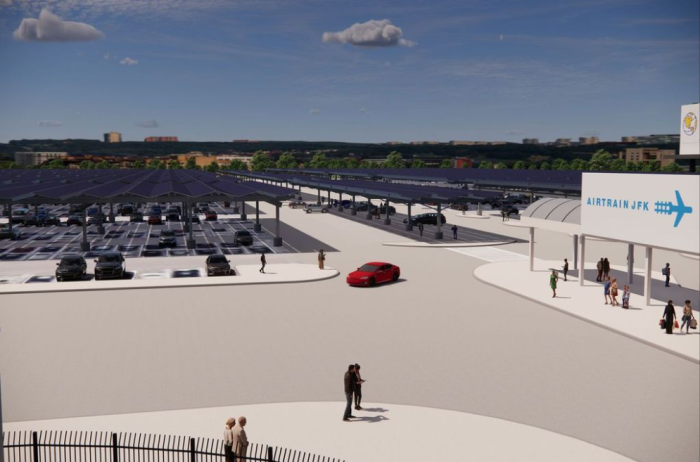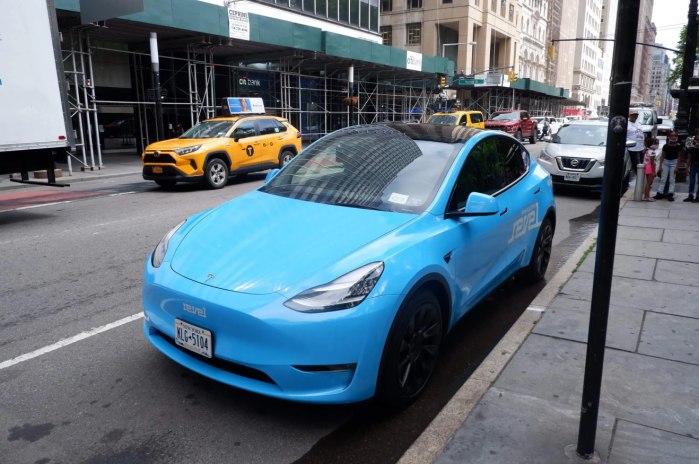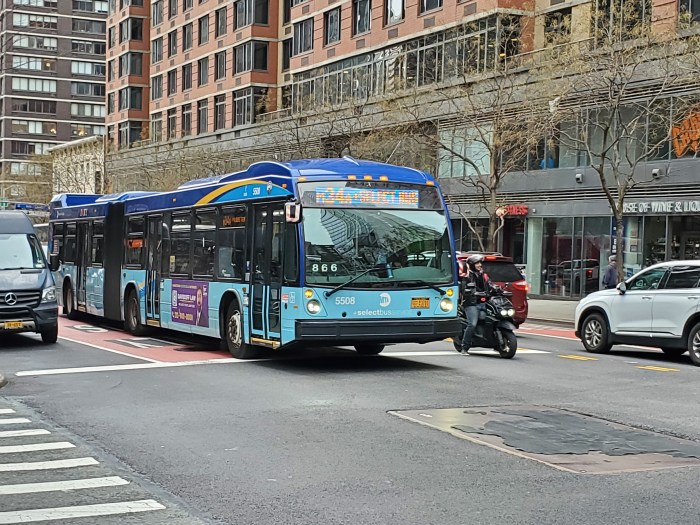
Nine cycling advocates met at an Amsterdam Avenue hostel in November 1991 to establish the ambitious goal of building a 3,000-mile dedicated bike trail from Maine to Florida.
This fall, the group, established as the nonprofit East Coast Greenway Alliance, will celebrate its 25th anniversary as it continues to carve out one of the longest trails in the country, which spans 450 communities in 15 states through a serpentine route along the eastern seaboard.
“The trails connect people to destinations in ways that they can use this greenway for their local commute and also use it as a great way to recreate; take a break to connect with nature or simply run errands,” said Dennis Markatos-Soriano, the executive director of the East Coast Greenway Alliance.
From Calais, Maine, at the Canadian border to Key West, riders can currently access the greenway through a mix of dedicated bike lanes, multi-use paths and wide street shoulders. About 900 miles, or 31%, of the trail is formed by dedicated greenway. The alliance is focusing on identifying potential bike paths along the coast for its end goal: dedicated bicycle right-of-way for the entire trip.
“The vision for the East Coast Greenway is now a 3,000-mile linear park to foster healthy and sustainable living,” Markatos-Soriano said.
The alliance’s map through New York City utilizes the popular Manhattan Waterfront Greenway, the 32-mile path ringing the borough. From the north, cyclists travel through the Bronx River, Mosholu and Van Cortland Park greenways before crossing the Harlem River’s Broadway Bridge.
From there, the most direct city route south brings bikers through Inwood Hill Park to connect to the Riverside and Hudson River greenways all the way down Manhattan’s West Side, where they’d have to ferry over to New Jersey. The group’s online interactive map offers more details.
The alliance hopes to help build out another 200 miles of dedicated greenway along the coast by 2020. Markatos-Soriano said he wants to install more signage to guide riders and help raise awareness of the project.
The city’s leg has long been integral for both commuters and recreational riders. Some 5,425 cyclists were counted in Hudson River Park during a 12-hour window in August of last year, according to the city’s Transportation Department.
“One of the reasons people like riding on the bike path is because they stop and come into the park to have lots of different experiences,” said Madelyn Wils, president of the Hudson River Park Trust. “They can lock their bike up for a ferry ride; take out a kayak; read a book; or just take a nap along the water.”
Many of those park riders seem unaware of the alliance’s lofty goal, but their eyes light up at the prospect of it.
“I had no idea about it,” said Chelsea resident Gabrielle Alleau, who was training along the West Side on Monday for an Ironman Triathlon. “That would be heaven!”

















